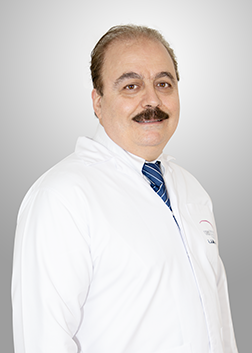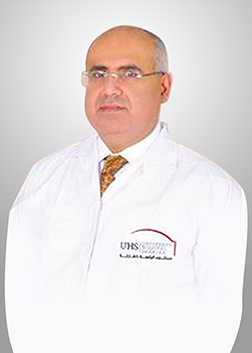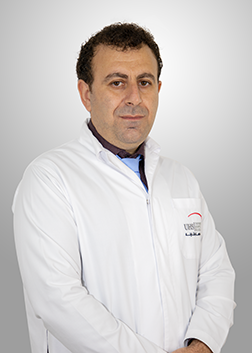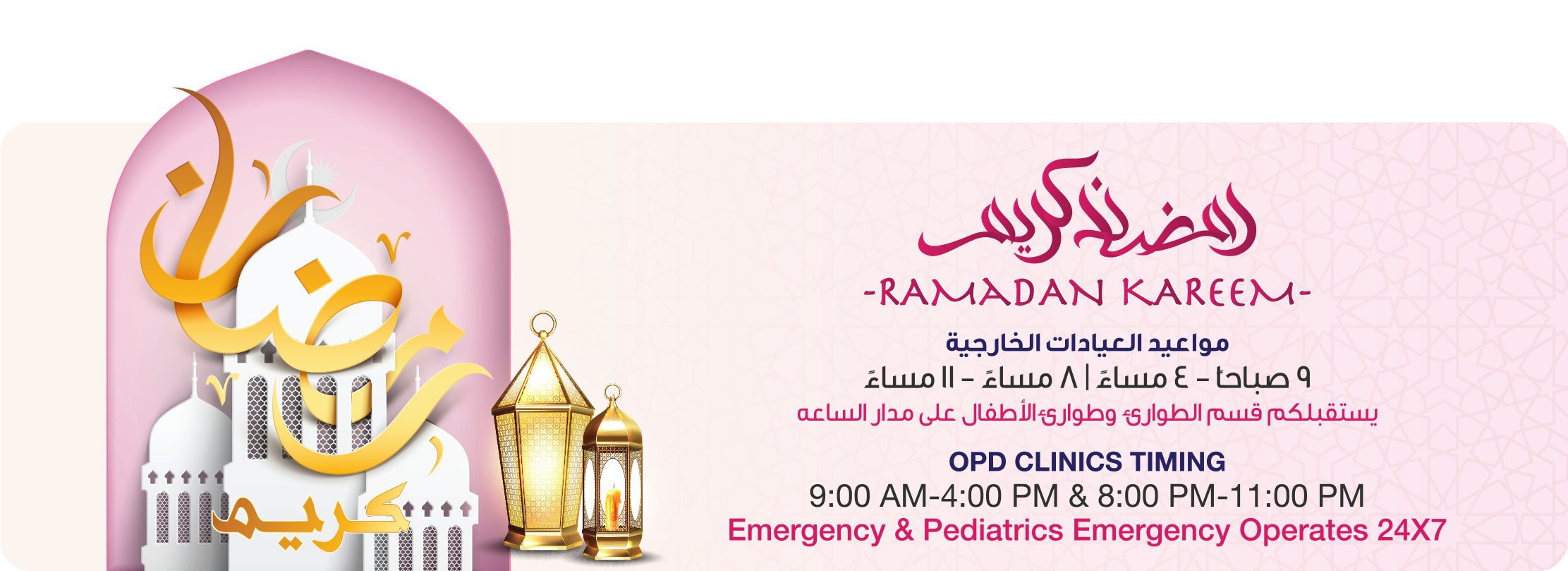The University Hospital of Sharjah takes pride in having dexterous Interventional Cardiologists from Sharjah region. Our Cardiologists have an experience of more than 25 years in Interventional Cardiology and have been leading the primary percutaneous coronary intervention (PCI) in acute myocardial infarction. Some of our Interventional Cardiologists have been the first in their own right to institute the 24/7 service for interventional management of acute myocardial infarction.






